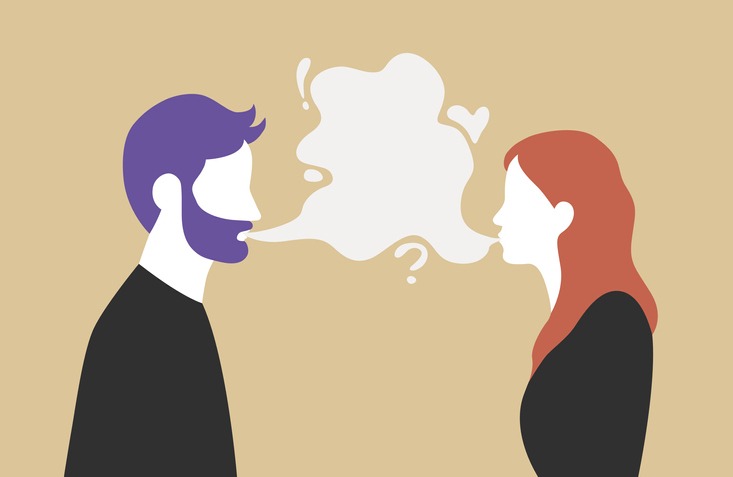
Research around Gary Chapman’s phenomena of ‘love languages’ still remains vastly inconclusive
CREDIT: This is an edited version of an article that originally appeared on The Guardian
Gary Chapman’s theory of ‘love languages’ has taken the recent dating scene by storm even though it was first released way back in 1992. Chapman’s The Five Love Languages: The Secret to Love that Lasts has sold over 20m copies worldwide.
Couples on first dates are often keen to know about their potential partner’s preferred ways to express and feel love – but is Chapman’s theory proven to be the key to more fruitful and fulfilling relationships?
Chapman’s five ‘love languages’
Chapman classified the ways of expressing love to your partner in five different categories:
- Acts of service.
- Physical touch.
- Quality time.
- Gift-giving.
- Words of affirmation.
While people often show all five types of love languages, it is suggested that a person tends to show one type more than the rest and this is referred to as their ‘primary language’.
Current speculation around the topic suggests that couples with matching primary love languages tend to experience more satisfaction in their relationships as opposed to those with different ones. It’s suggested that people able to identify their partner’s primary language are likely to have more gratifying romantic experiences as they are each able to provide the type of love that their partner seeks out and needs.
Is the evidence conclusive?
Despite Chapman’s widespread currency in current lifestyle and pop culture sphere, research conducted does not directly point to the validity of the theory. Even so, millions of people interested in identifying their own or their partner’s love languages have taken part in the Love Language QuizTM. However, there are no academic publications that can corroborate the accuracy of the quiz as a suitable measure to identify one’s love language.
Professional researchers keen to test the theory have tried to devise their own questionnaires but the results fell short of the statistics required to validate the concept conclusively. While research involving Chapman’s quiz concluded that partners with the same love language did not experience better relationships than others, recent studies have also showcased the opposite. The findings are, therefore, quite inconclusive.
However, the only two research pieces exploring whether people having knowledge of their partner’s love language have a more gratifying relationship found that this claim is, in fact, true. So, Chapman’s theory continues to spread across the dating sphere even though, as yet, there is very little academic research to prove its veracity.


Be the first to comment